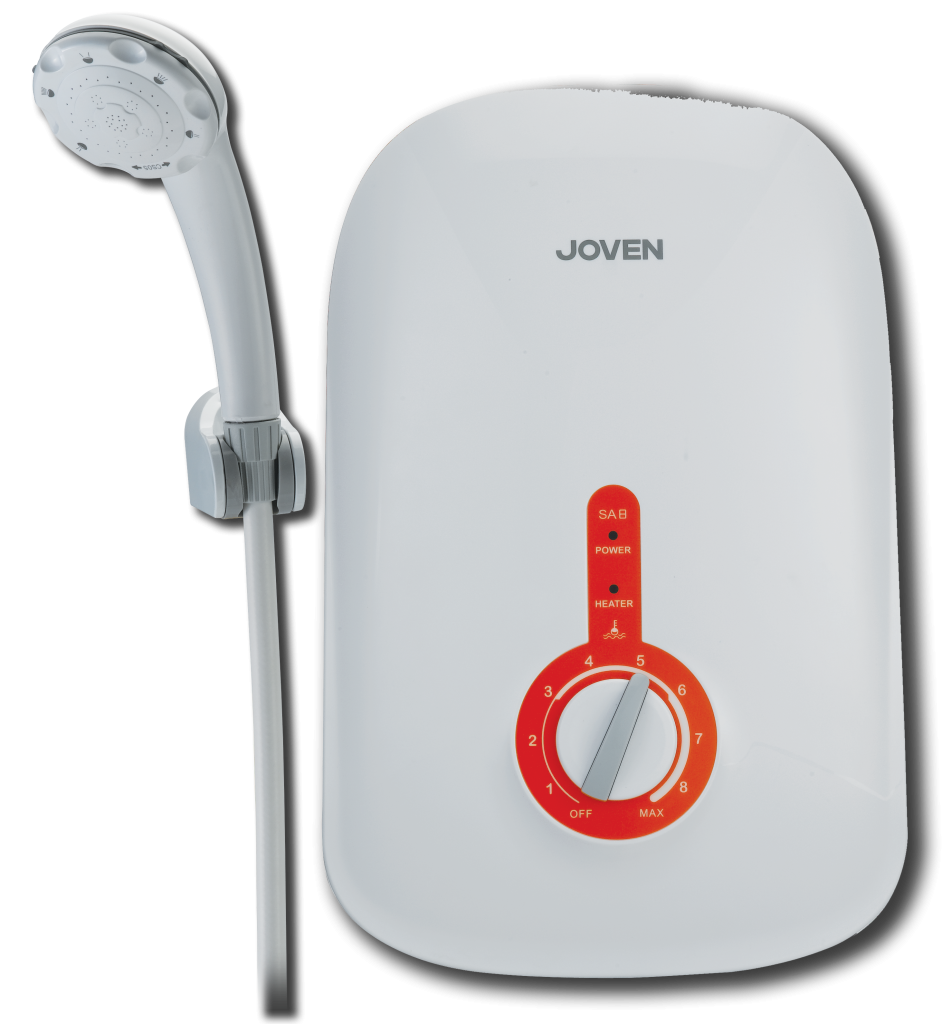
This image has format transparent PNG with resolution 951x1024.
You can download this image in best resolution from this page and use it for design and web design.
Electric water heater PNG with transparent background you can download for free, just click on download button.
Water heating is a heat transfer process that uses an energy source to heat water above its initial temperature. Typical domestic uses of hot water include cooking, cleaning, bathing, and space heating. In industry, hot water and water heated to steam have many uses.
Domestically, water is traditionally heated in vessels known as water heaters, kettles, cauldrons, pots, or coppers. These metal vessels that heat a batch of water do not produce a continual supply of heated water at a preset temperature. Rarely, hot water occurs naturally, usually from natural hot springs. The temperature varies with the consumption rate, becoming cooler as flow increases.
Appliances that provide a continual supply of hot water are called water heaters, hot water heaters, hot water tanks, boilers, heat exchangers, geysers (Southern Africa and the Arab world), or calorifiers. These names depend on region, and whether they heat potable or non-potable water, are in domestic or industrial use, and their energy source. In domestic installations, potable water heated for uses other than space heating is also called domestic hot water (DHW).
Fossil fuels (natural gas, liquefied petroleum gas, oil), or solid fuels are commonly used for heating water. These may be consumed directly or may produce electricity that, in turn, heats water. Electricity to heat water may also come from any other electrical source, such as nuclear power or renewable energy. Alternative energy such as solar energy, heat pumps, hot water heat recycling, and geothermal heating can also heat water, often in combination with backup systems powered by fossil fuels or electricity.
Densely populated urban areas of some countries provide district heating of hot water. This is especially the case in Scandinavia, Finland and Poland. District heating systems supply energy for water heating and space heating from combined heat and power (CHP) plants, waste heat from industries, incinerators, geothermal heating, and central solar heating. Actual heating of tap water is performed in heat exchangers at the consumers' premises. Generally the consumer has no in-building backup system, due to the expected high availability of district heating systems.
Today in the United States, domestic hot water used in homes is most commonly heated with natural gas, electric resistance, or a heat pump. Electric heat pump water heaters are significantly more efficient than electric resistance water heaters, but also more expensive to purchase. Some energy utilities offer their customers funding to help offset the higher first cost of energy efficient water heaters.
In this clipart you can download free PNG images: Water electric heater PNG images free download